News Center |
The Physiotherapist spends many hours with the patient with limb loss during the rehabilitation phase. For the patient’s best interest the physiotherapist and prosthetist should work closely together. Therapists are urged to obtain the manufacturer's information regarding the prosthetic components of the patient that is treated.
The fabrication of the prescribed prosthesis also goes through various stages that could influence considerably the rehabilitation and the physiotherapy program planned after the first fitting.
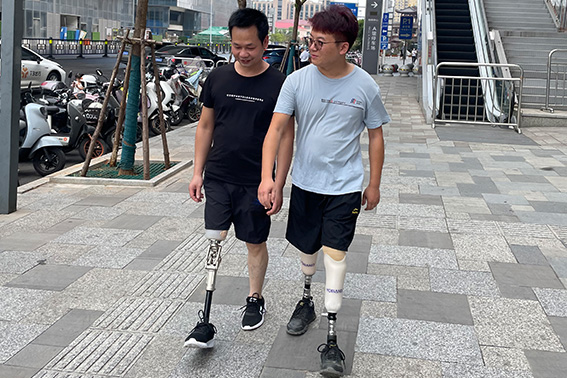
Prescription of a prosthetic is a multidisciplinary process that includes at least the user, prosthetist and physiotherapist. During the prescription process, the team decides on the type of device that should be fabricated and also the socket design, the various types of components and the choice of suspension. All these decisions are very important for the rehabilitation process that will happen later.
Physiotherapists may not know about prosthetic fitting techniques, but should understand proper prosthetic fitting and alignment, and be able to assess whether gait deviations and pain are caused by the prosthesis. It is also necessary to understand the function of different prosthetic components, so that patients can be better guided to use the prosthesis correctly and apply the correct gait training.
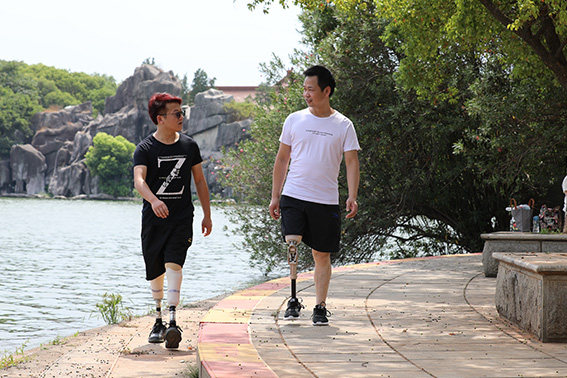
The manufacture of a prosthesis is divided into several stages, each of which may affect the rehabilitation and physical therapy program planned after the prosthesis is installed.
These fabrication steps are:
1. Casting
2. Positive mould
3. Rectification
4. Assembling
5. Alignments
6. Cosmetic
The prosthetic socket is also a very important part in the production of prosthesis. If the prosthetic socket is not made well, it will not only affect the patient's use, but even cause secondary damage to the residual limb.
When making the prosthetic socket, it is necessary to make a preliminary diagnosis of the patient's residual limb, evaluate the patient's physical and mental condition, and then measure and record the shape and length of the residual limb of the residual limb patient. Mark the residual limb, and then wrap the stump with a plaster and apply a certain pressure to the mark to obtain a negative model.
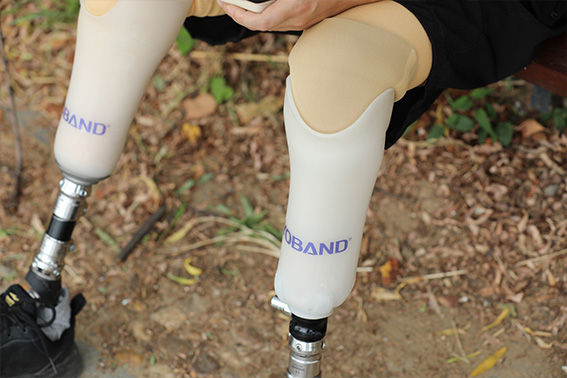
The male mold can be obtained by pouring the gypsum slurry into the female mold and cooling and solidifying it. The technicians then use sandpaper, gypsum knives and other tools to modify the male mold based on experience. According to the modified male mold, a temporary prosthetic socket can be made, and the prosthetic socket can be handed over to the disabled patient to try on, and adjusted according to the patient's feedback.
After the alignment is completed, use the selected material for making the prosthetic socket to make the prosthetic socket through vacuum cooling and shape, and then smooth it and let the patient try it on. If the patient feels uncomfortable, it needs to continue to be modified until the patient is satisfied.

Replacing human activities with prosthetic components is a very comprehensive and complex task. Prosthetic components can mimic these movements of varying degrees of complexity, but will never replace them. Obviously, the higher the level of imitation, the higher its complexity and price.
Amputees must rely entirely on their stump and the body's ability to feel, which can affect confidence during train. However, modern prosthetic technology offers a wide range of components, especially in lower extremity prostheses, which manage to replace the primary movement, enabling the patient to perform gait. Below, we have added some common prosthetic components and examples of the correlation between prosthetic design and gait.
Prosthetic assembly refers to connecting comfortable and well-aligned prosthetic socket, knee, connecting rods, prosthetic feet and other components into a complete prosthesis.
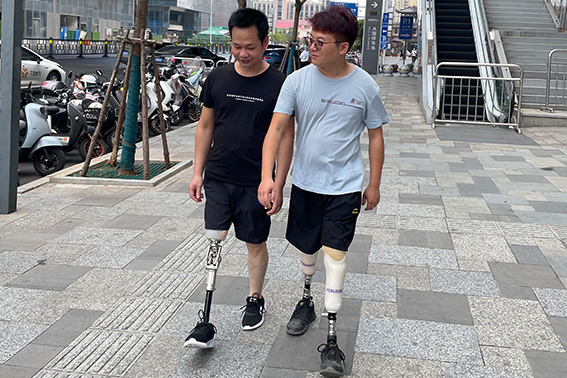
Proper alignment and adjustment are also critical to patient wearing of the prosthesis, requiring significant time and expertise to provide the patient with the best functional outcome.
After the prosthesis is assembled, the first alignment is required, and the first alignment is done on the workbench. Alignment parameters depend on the socket design, the type of components used and the style of the shoe. It follows the technical instructions provided by the chosen technology. The alignment process starts in order to insure appropriate function and respect of biomechanical structure of the body (Alignment).
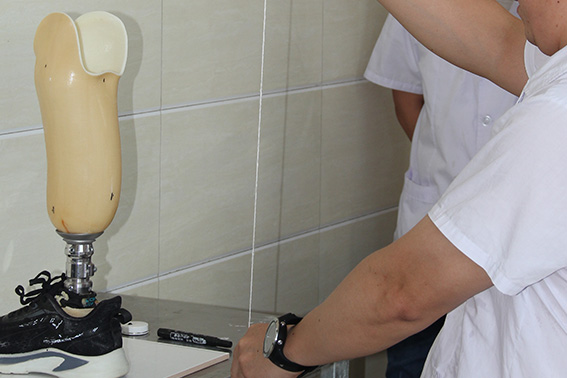
Done during the first fitting session with the user and a multidisciplinary medical team. This alignment is done in sitting and in standing position while the patient is placing weight on the prosthesis. The aim of the static alignment process is to make all necessary corrections in height, inclination and translation to adjust the prosthesis to the specific biomechanical profile of the user before the first step.
This is followed by dynamic alignment, which needs to be done within gait training and while the patient is walking. Dynamic alignment is the analysis of the gait deviation of the patient while walking.When the socket and the alignments are fine, and when the user reaches the end of his rehabilitation program and can successfully do all exercises and activities proposed in the treatment plan, the multidisciplinary team can decide to finish the prosthesis. That generally means to fix all adjustments of the device and make the cosmetic. The cosmetic may be very different depending on the user’s tastes and needs. A sportive kid may like a prosthesis with bright colors. A lady may prefer a texture and color that best imitates their real leg to be able to wear dresses. And a farmer working in a wet environment would choose a plastic waterproof cosmetic.
Copyright © 2015 USA-YOBAND. All Rights Reserved 沪ICP备09003269号